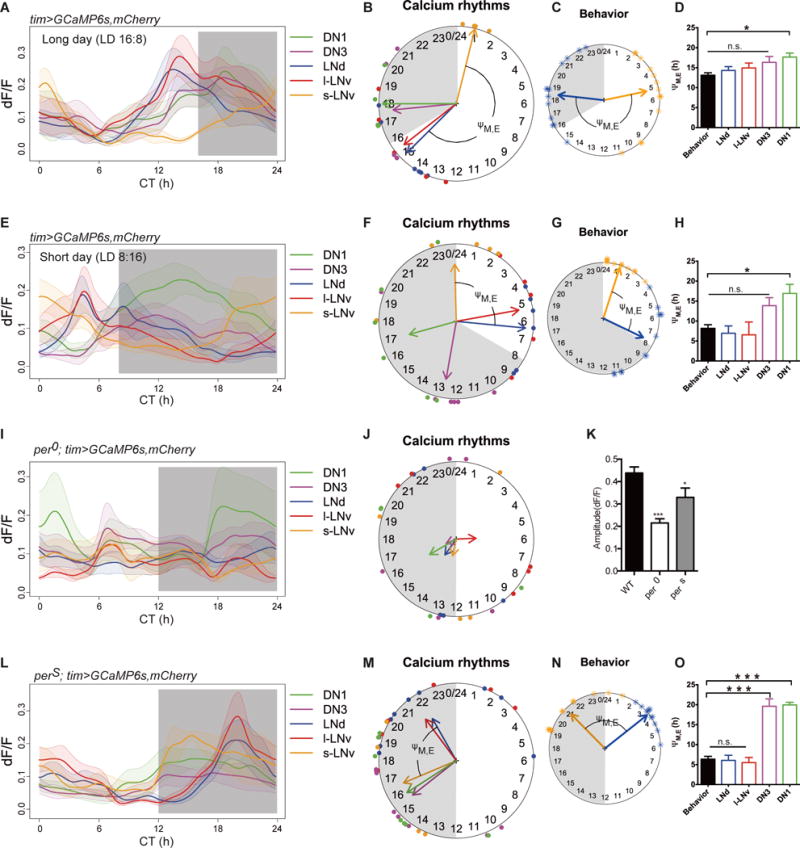Fig. 3. Effects of environmental information and molecular clocks on the spatiotemporal patterns of Ca2+ activity in the pacemaker network.

(A and E) Ca2+ transients: (A) under long (16:8 LD) photoperiod (n=6 flies) and (E) under short (8:16 LD) photoperiod (n=6 flies). (B and F) Ca2+ rhythm phases (B) under long photoperiod and (F) under short photoperiod. The shaded circular sectors indicate the 8 hours (B) and 16 hours (F) lights-out periods. Note that M cells (s-LNv, orange) peaked around lights-on and E cells (LNd, blue) peaked before lights-off regardless of photoperiod. (C and G) The phases of behavioral peaks in DD1 after 6 days of photoperiodic entrainment: (C) long photoperiod (n=13 flies) and (G) short photoperiod (n=12 flies). (See Fig S5 for more details). (D and H) ΨM,LNd matches behavioral ΨM, E under long photoperiod (t-test, p=0.32; f-test, p=0.88) and under short photoperiod (t-test, p=0.30; f-test, p=0.16). (I) Arrhythmic Ca2+ transients in per01 mutants (n=5 flies). (J) Phase coherence of Ca2+ transients was poor among per01 flies. (K) Amplitude of Ca2+ transients (maximum dF/F) was significantly smaller in per01 and in perS mutants (vs. control flies, Mann-Whitney test, *p<0.1, ***p<0.001). (L) Ca2+ transients in perS mutants (n=6 flies). (M) Ca2+ rhythm phases of perS mutants. (N) Phases of behavioral peaks corresponding to Ca2+ rhythm phases in panel (M) (n=16 flies). (O) ΨM,LNd matched behavioral ΨM, E (t-test, p=0.83; f-test, p=0.13).
